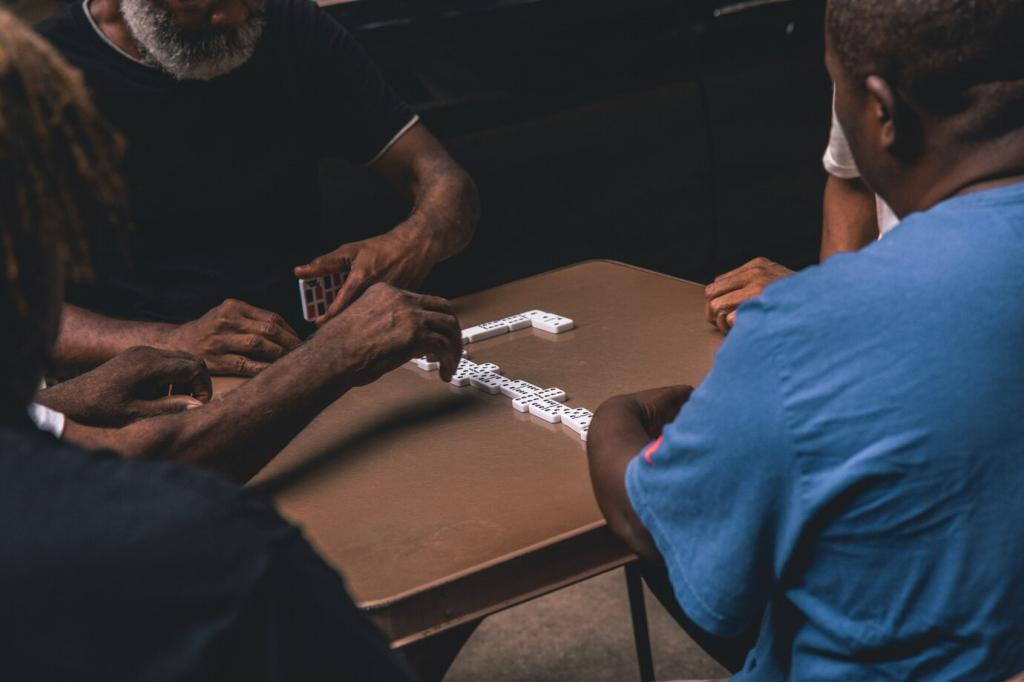Common Mistakes to Dodge
Ammonia glass cleaner, bleach wipes, magic erasers, and kitchen scourers strip finishes and scratch patina. Even paper towels can be surprisingly abrasive. If a spot resists, pause and reassess rather than escalate. Tell us the toughest stain you’ve faced; we’ll suggest a gentler path grounded in Antique Furniture Maintenance Essentials.
Common Mistakes to Dodge
Dragging stresses legs and joints; tilting can split casework and loosen veneer. Empty drawers, remove shelves, and lift with two people supporting the frame—not the top. Add felt sliders only for short moves on smooth floors. What’s your safest moving tip? Share so no one learns the hard way.








